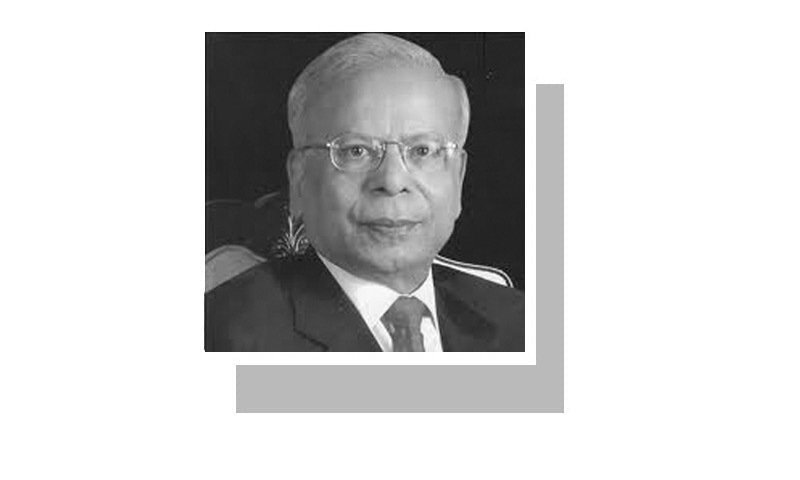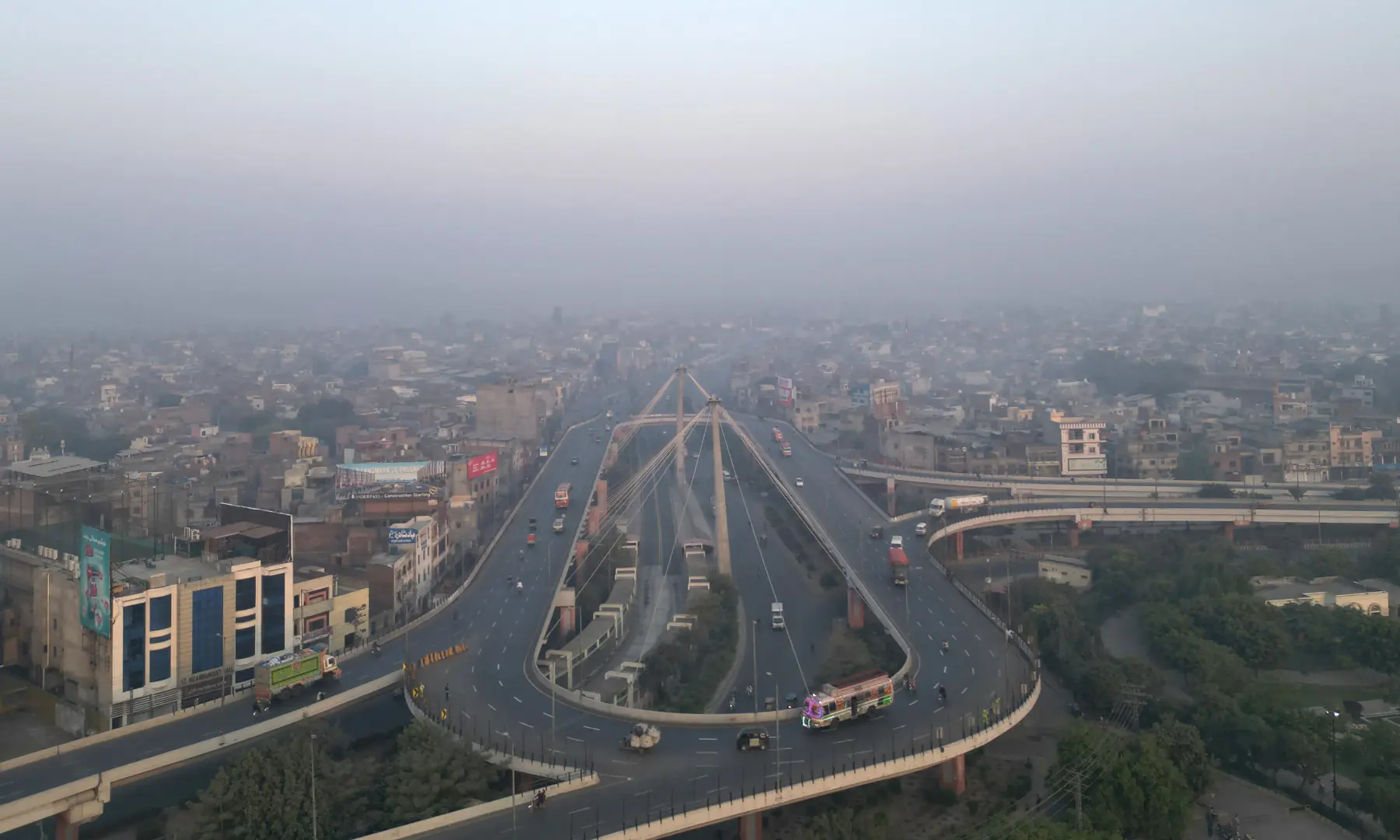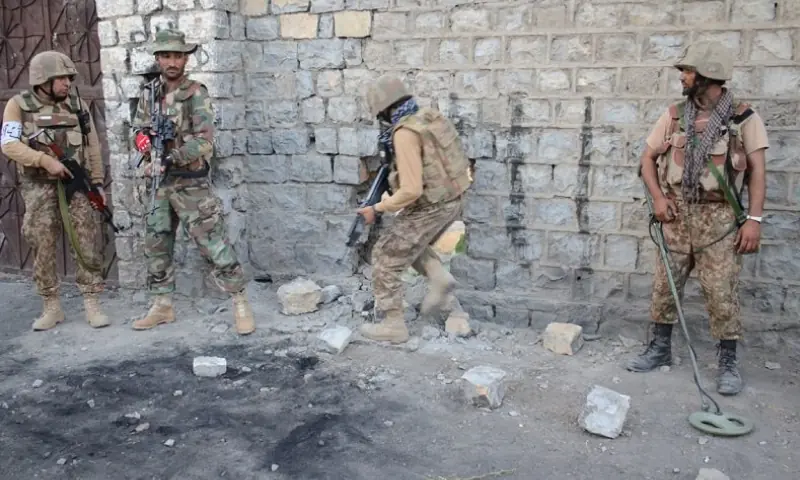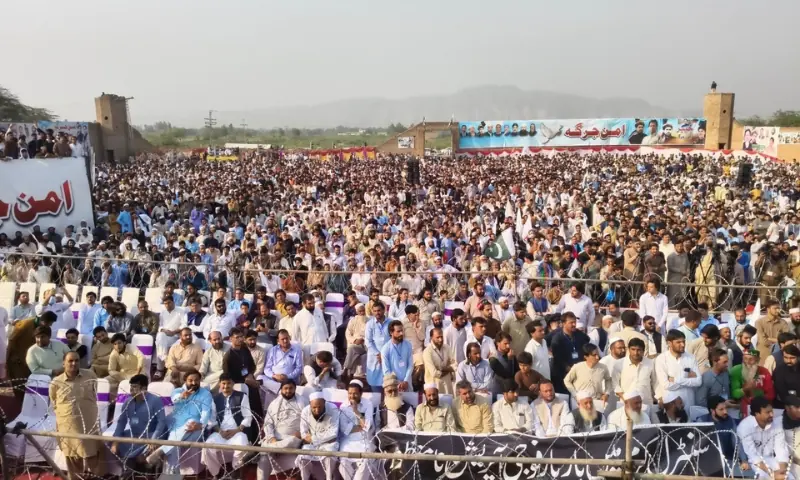TWO developments augur well for reshaping Pakistan’s economic relationship with the world. First, the dismantling of USAID closes a long and painful chapter of dependency and misplaced expectations between Pakistan and the United States. Even if Washington tries to revive a similar program, Pakistan should avoid bilateral aid and its political shackles. Secondly, the Finance Minister’s statement that Pakistan will not seek international help for the 2025 floods is a turning point. Together, these two decisions can lay the foundations for a new model of economic engagement (bilateral, regional and multilateral) based on dignity, self-sufficiency and mutual respect. Meanwhile, the recent agreement between Pakistan and Afghanistan in Doha is supposed to minimize security risks to the economy.
This change comes at a time when Pakistan’s global image has improved after the May 2025 conflict with India. Ties with China, Türkiye and Azerbaijan remain close and new diplomatic openings have emerged. President Donald Trump’s warmth toward Pakistan, the prime minister’s inclusion in the ranks of Muslim leaders formulating the Gaza Plan, and development and defense initiatives with Saudi Arabia have enhanced our stature. How can Pakistan build its future economic relations on the recently laid foundation? Should this moment once again be seen as a temporary geopolitical opportunity to extract rents and sustain the economy through windfall profits? Will we continue to send prime ministers and army chiefs abroad to solicit deposits from “friendly” states, to bolster our reserves or avoid default? Are we condemned to sacrifice economic sovereignty through repeated IMF programs that offer temporary stability but leave the economy without job-creating growth?
The current convergence of favorable external circumstances offers a rare window to chart a new course. A benign geopolitical environment, coupled with renewed international respect, should force us to decisively rethink our economic strategy, forever abandoning the path of dependency, rent extraction and perpetual crisis management. The goal of Pakistan’s external economic engagement should be to create a coherent and durable framework that frees the country from dependence on IMF programs and annual refinancing from Saudi Arabia, China and the United Arab Emirates. The new framework should prioritize generating non-debt foreign exchange and mobilizing domestic resources by increasing the gross domestic savings rate and achieving debt sustainability, meeting remaining financing needs through international capital markets.
A sustainable external position begins with a competitive export sector. Immediate reforms should focus on easing constraints on exports and industrial growth through a transparent and predictable export facilitation scheme, rationalization of excessive taxes, restoration of export financing and realistic energy pricing, measures that must be implemented consistently and in genuine consultation with exporters. Frequent policy changes and bureaucratic unpredictability have undermined business confidence.
The second pillar is to attract FDI from countries with abundant capital and a strategic interest in Pakistan: China, Saudi Arabia, the United Arab Emirates and Qatar, whose sovereign wealth funds seek higher global returns. Pakistan can position itself as a promising destination by ensuring i) the safety of investors, their staff and properties; ii) non-interference from government agencies; and iii) freedom to repatriate profits, dividends and interest payments. In the early 2000s, FDI peaked at between $5 billion and $6 billion under a pro-investment regime, underscoring what can be achieved through consistent policies and investor confidence. However, FDI must be export-oriented, have intensive use of medium technology and generate employment. Domestic investors should also be treated with parity and respect.
Third, demographic trends in advanced economies (especially Japan, South Korea, Germany and Western Europe) offer significant opportunities. Aging populations and labor shortages are prompting these countries to gradually open their markets to skilled foreign workers, despite populist opposition. Pakistan should negotiate country-specific labor export deals, aligned with each nation’s demographic and skills needs. You must identify the necessary technical, linguistic and social skills and create specific in-house training programs. Vocational institutes should work closely with host country employers to ensure certification and employability. Managed migration of skilled workers can alleviate domestic unemployment pressures and create sustained foreign exchange inflows through remittances.
We have an unprecedented opportunity to redefine our external economic relations.
Fourthly, Pakistan should actively seek scholarships from the United States, United Kingdom, Canada, Australia, Germany and China for advanced studies in STEM disciplines. In return, it should bring foreign professors to universities here to help with curriculum design, modern pedagogy, links with the assessment reform industry, and research commercialization. Universities must be freed from excessive bureaucratic control and given autonomy with accountability within a reformed governance structure to become globally competitive.
Fifth, partnerships with China, Türkiye and Azerbaijan offer a promising frontier: transferring dual-use technologies from the defense sector to civilian industries. Our defense institutions and research organizations have significant technical expertise that can be applied in manufacturing, electronics, precision engineering and materials science. Private sector participation should be encouraged.
Sixth, Pakistan’s ties with multilateral institutions must evolve. The World Bank’s 10-year partnership strategy for Pakistan has shifted its focus to financing projects in education, health, nutrition, water, technology and infrastructure, true drivers of long-term growth. This approach should replace the old reliance on budget and balance of payments support, which fostered complacency and discouraged domestic resource mobilization. Other multilateral partners should be encouraged to align their programs with this development-oriented model. International cooperation should serve as a catalyst for capacity development, not a crutch for short-term financing. If applied with discipline, these measures can provide instruments to reshape our economic ties based on productivity, partnership and self-sufficiency. The following framework illustrates possible areas of cooperation:
United States: investments and joint ventures in medium and high technology industries; venture capital and private equity for startups; scholarships and teacher exchange. China, Türkiye, Azerbaijan: application of defense technologies to civilian industries; accelerated implementation of CPEC II. Japan, Korea, Germany: country-specific labor export agreements. Saudi Arabia and GCC: investment by sovereign wealth funds in projects such as petrochemical complexes and infrastructure.
The closing of the aid-dependent chapter and a more favorable geopolitical climate present an unprecedented opportunity to redefine our foreign economic relations. The way forward is to generate competitiveness, attract investment and harness innovation to move from a state prone to crises and dependent on aid to a productive and self-confident economy, integrated on an equal footing with the global system.
The author is a former governor of the State Bank of Pakistan.
Published in Dawn, October 25, 2025








